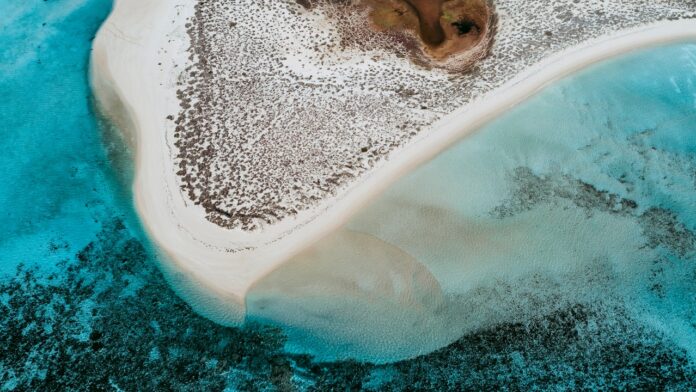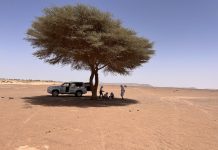Paid Partnership with Delta
“It’s like another world. I have never seen colors like that!” My 14-year-old nephew, Lachie, has just surfaced in Queensland’s Coral Sea, snorkeling mask suctioned like a starfish to his grinning face. We are at our third diving spot of the day, and it is by far the most dazzling. Beneath the calm navy water is an excess of movement and color so spectacular, you could swear you’re hallucinating; it’s like an underwater Times Square after midnight. This is the Great Barrier Reef, one of the natural world’s greatest wonders. But for years coral bleaching, caused by rising ocean temperatures, has been draining the life from parts of the reef, turning the symphony of color gray and white. We had set sail on a tour boat from Lizard, one of the reef’s continental islands, and earlier in the day surveyed clown fish swimming through a sickly stretch of coral, then scavengers picking at a dead shelf. So this astounding location is a jolt of joy and hope.
Read more about the Future of Travel here.
The Pacific crashes on the Whitsundays, an archipelago in the Great Barrier Reef
Tom Hegen
Hope that this natural wonder can be saved is growing. Over the past few years, a new wave of conservationists, government agencies, NGOs, and tourism operators has focused on the reef’s sustained health. It includes environmentalist Andy Ridley, the founder and CEO of Citizens of the Great Barrier Reef, which coordinates conservation efforts among various stakeholders; he is our guide today. “We are moving from an age of talking to an age of doing,” he says. “Sideline commentary on what needs to happen is no longer valuable.” He believes, deeply, that everyone wants to help fix these issues and that so-called experts aren’t the only ones able do the work. So in late 2020, he assembled what he calls a “motley flotilla” of pretty much any vessel he could find here—including tour and dive boats, yachts, and tugboats—to form the Great Reef Census. Using underwater cameras, participants on board these boats, from fishermen to tourists, started documenting the four corners of each lesser reef they sailed to, taking images of the coral and marine life. Afterward they uploaded their images so that scientists could study them to make informed decisions about the health and future care of various pockets of the larger reef.










